Aging Population
The demographic shift towards an aging population is a significant driver of the Global Paroxysmal Supraventricular Tachycardia Market (PSVT) Market Industry. Older adults are more susceptible to cardiovascular conditions, including PSVT, due to age-related physiological changes. As the global population ages, the incidence of PSVT is likely to rise, leading to increased demand for treatment options. This trend is particularly evident in developed countries, where healthcare systems are adapting to cater to the needs of older patients. Consequently, the market is poised for growth as healthcare providers focus on managing PSVT in this demographic.
Rising Incidence of PSVT
The Global Paroxysmal Supraventricular Tachycardia Market (PSVT) Market Industry is witnessing a notable increase in the incidence of PSVT, driven by factors such as lifestyle changes and increased stress levels. As more individuals experience episodes of rapid heart rate, the demand for effective treatment options rises. In 2024, the market is valued at approximately 0.3 USD Billion, reflecting the growing awareness and diagnosis of this condition. This trend is expected to continue, with projections indicating a market value of 0.62 USD Billion by 2035, suggesting a robust growth trajectory fueled by the rising prevalence of PSVT.
Market Growth Projections
The Global Paroxysmal Supraventricular Tachycardia Market (PSVT) Market Industry is projected to experience substantial growth over the next decade. With a market valuation of 0.3 USD Billion in 2024, it is expected to reach 0.62 USD Billion by 2035, reflecting a compound annual growth rate (CAGR) of 6.89% from 2025 to 2035. This growth is indicative of the increasing recognition of PSVT as a significant health issue and the corresponding demand for effective treatment options. The market dynamics suggest a favorable environment for stakeholders, including healthcare providers and pharmaceutical companies, to engage in the development and distribution of PSVT therapies.
Increased Awareness and Diagnosis
There is a growing awareness regarding cardiovascular diseases, including PSVT, which is positively influencing the Global Paroxysmal Supraventricular Tachycardia Market (PSVT) Market Industry. Public health campaigns and educational initiatives are helping to inform both healthcare professionals and patients about the symptoms and risks associated with PSVT. This heightened awareness leads to earlier diagnosis and treatment, which is essential for effective management of the condition. As a result, the market is expected to see substantial growth, with a projected compound annual growth rate (CAGR) of 6.89% from 2025 to 2035, indicating a sustained interest in addressing this health concern.
Advancements in Treatment Modalities
Innovations in medical technology are significantly impacting the Global Paroxysmal Supraventricular Tachycardia Market (PSVT) Market Industry. New treatment modalities, including catheter ablation and advanced antiarrhythmic drugs, are emerging, offering patients more effective and less invasive options. These advancements not only enhance patient outcomes but also contribute to the overall growth of the market. The introduction of novel therapies is likely to attract more patients seeking relief from PSVT symptoms, thereby expanding the market. As the industry evolves, it is anticipated that these innovations will play a crucial role in shaping the future landscape of PSVT treatment.
Regulatory Support for New Therapies
Regulatory bodies are increasingly supportive of the development and approval of new therapies for PSVT, which is fostering growth in the Global Paroxysmal Supraventricular Tachycardia Market (PSVT) Market Industry. Streamlined approval processes and incentives for innovation are encouraging pharmaceutical companies to invest in research and development of novel treatment options. This regulatory environment not only accelerates the availability of new therapies but also enhances competition within the market. As a result, patients benefit from a wider array of treatment choices, which is likely to drive market expansion in the coming years.
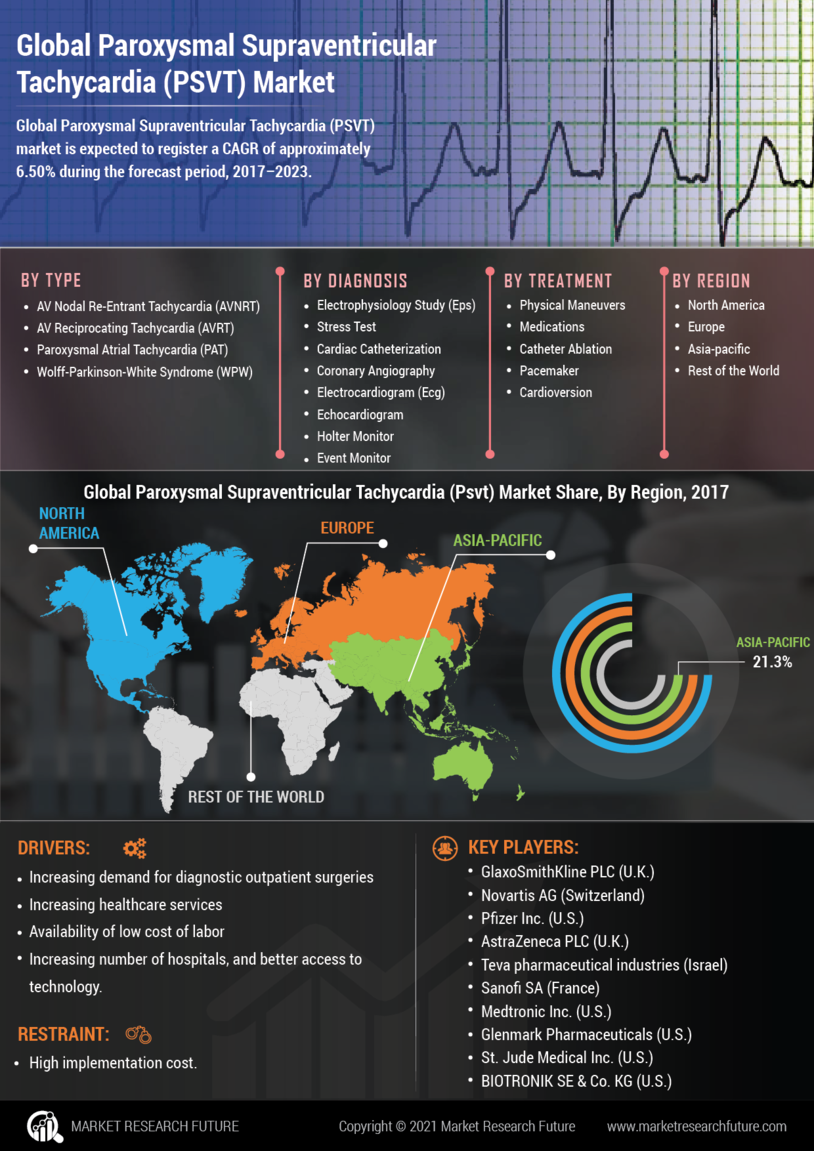

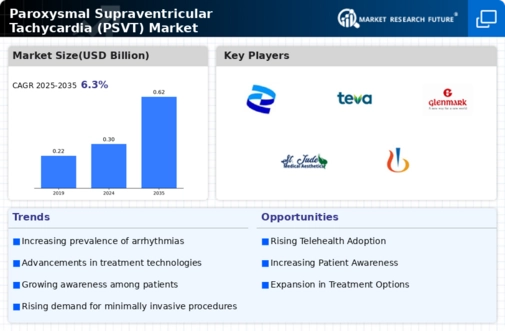
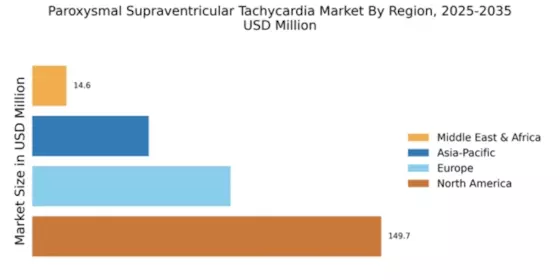

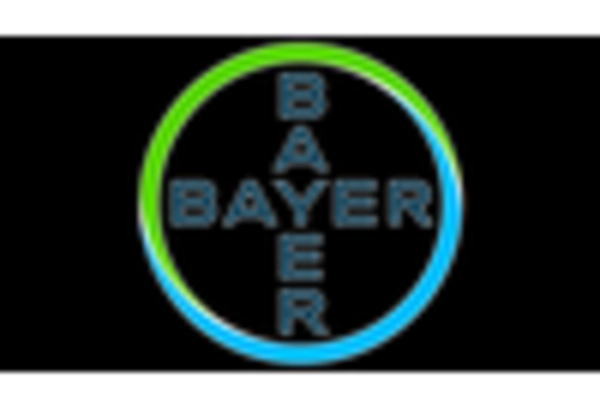
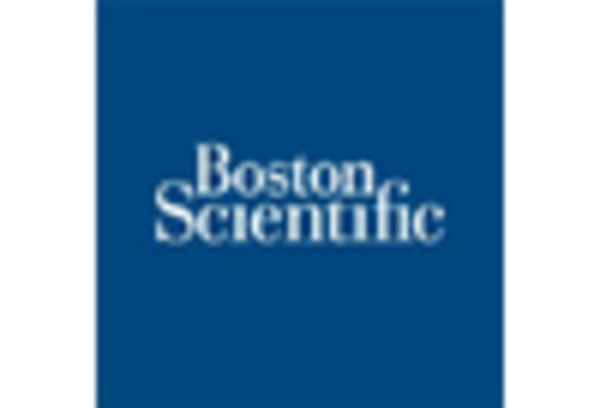











Leave a Comment